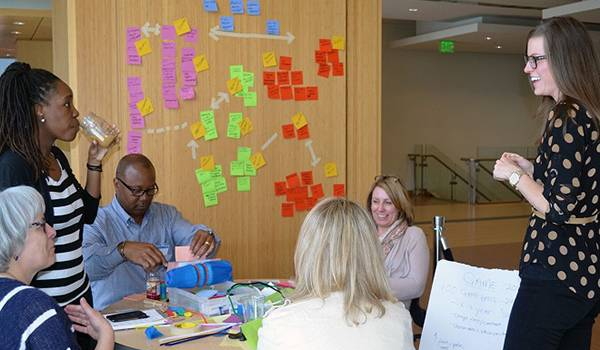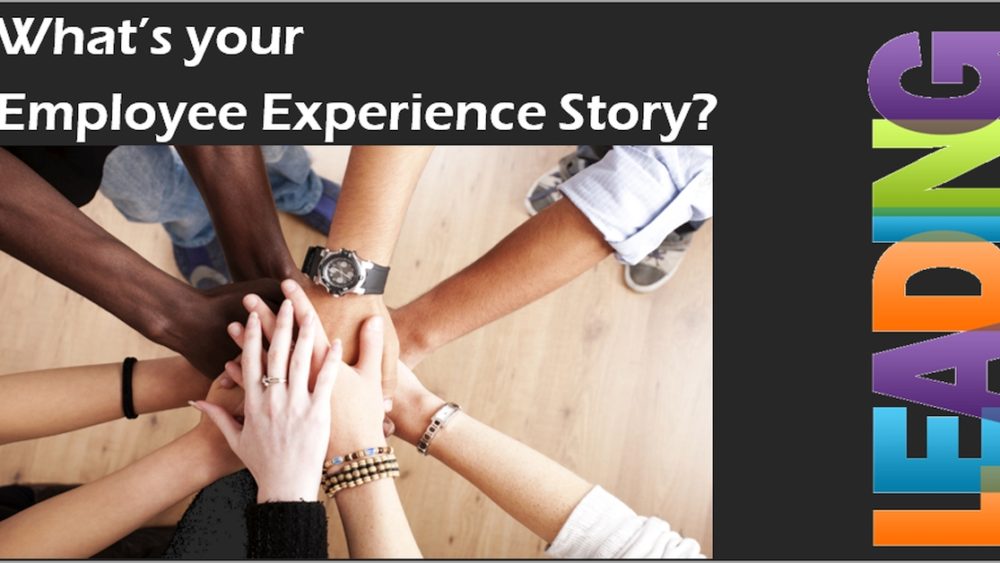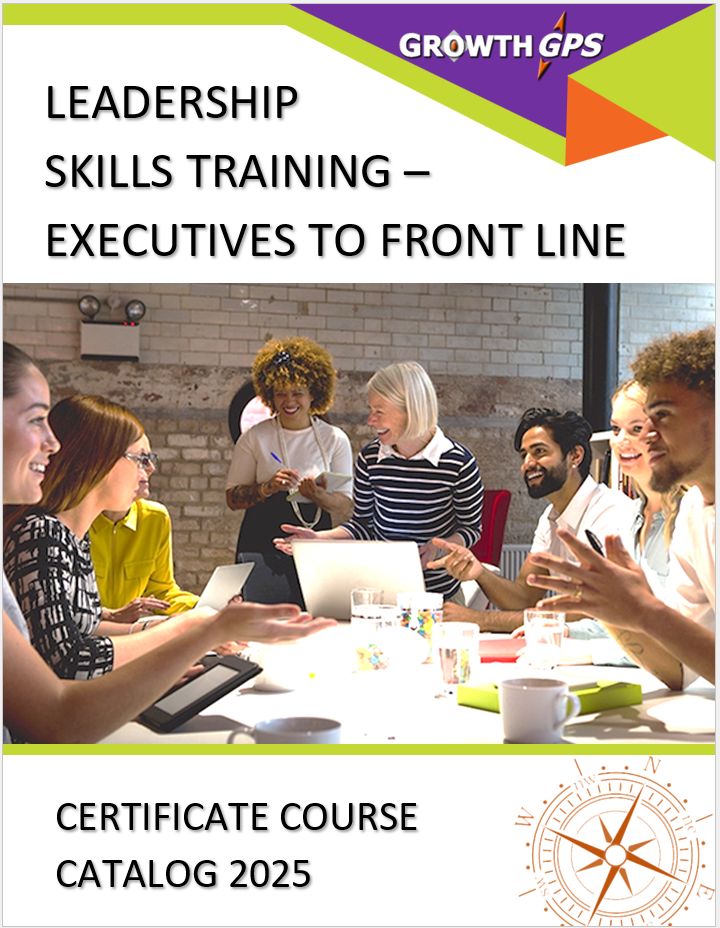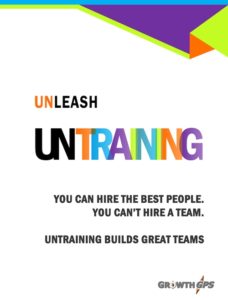Effective leaders are revered as some of the world’s great story tellers. From Thomas Edison describing the “999 ways he discovered lightbulbs that didn’t work before he found the one that did” to Steve Jobs’ iconic “this is world changing” introductions of the Mac and iPhone, leaders tell stories that capture our imaginations.
Most leaders have well-honed stories to share with customers, investors, shareholders, and even community leaders. We hear what makes their company’s products second to none, their financials the envy of competitors, and the great ways in which they serve the local community.
▶ Why don’t we hear what makes their companies a great place to work?
In today’s talent-short environment with 2 job openings for every individual looking for work, a compelling story about why people should want to join your company is perhaps your most important story of all. A captivating employee experience story is proving to win the ear of shareholders, investors and community leaders alike.
You need a story to answer current and potential employees’ question: “Why should I want to work here?”
▶ Follow these 3 steps to develop your company’s employee experience (EX) story.
Step 1: Actively Listen and Learn
Launch your own personal listening tour. Not a one-way town hall, think a series of small group roundtable discussions. You can’t expect breakthrough discussions right out of the gate. But remember, these forums demonstrate you’re serious about shifting the culture, allowing people to speak freely and safely, and assure participants that what goes on in those discussions stays there. Give participants your personal commitment to confidentiality as well as to making changes.
You’ve got two objectives with these. First is to engage with staff members to learn what’s on their minds and in their hearts. Gather their honest feedback on how they describe what it’s like to be an employee at your company. A good ice-breaker is to pass out index cards and have participants rate their employee experience 1-10. Your follow-up is asking what it would take to get it to a 10; you’ll get an earful, exactly what you want.
Your second objective is to make sure everyone understands that your company made a commitment to develop a workplace that’s second to none. A workplace everyone is proud of and wants to brag about to their friends. Remind those you’re talking with that you’re there to listen and learn, to understand the current reality from their individual perspectives.
As you launch your Listen & Learn tour, remember you’re making a serious time commitment. Holding roundtable discussions with 5-10 people at a time means you’ll need to hold plenty of these to hear from a representative group of people.
Step 2: Align Senior Leaders on the EX Priority
Your efforts to develop a second-to-none employee experience (EX) must reach people at all levels across the entire organization; success will require everyone’s effort. Share the findings of your listening tour with all senior managers.
Transformations like building a great EX often fail because buy-in stops at the top, where senior managers were not aligned on the goal and reasons to dedicate time and effort to the project. Another high priority item came up and the EX project took a back seat, or senior leaders resisted personal changes they needed to make.
Alignment generally starts with making the business case for EX. Numerous studies show a strong correlation between EX and performance. Surface the EX business case to your managers, and tie it to how highly-engaged employees help a company solve problems, drive innovation and deliver solid performance. Don’t assume alignment after one conversation.
Lead the ongoing conversation at every opportunity. Share a book that makes the business case, such as Jacob Morgan’s “Employee Experience Advantage.” A simple book like this provides the management team a common framework, language, ideas and talking points. These conversations give senior leaders together an opportunity to educate themselves and talk out the strategy.
Step 3: Establish Action Learning Teams for quick wins
Action Learning involves small groups that work on well-defined problems, take action, and learn as individuals and as a team. The British professor and management consultant Reginald Revans pioneered the concept of action learning in the 1940s, and it’s been used in myriad ways ever since. Truly effective Action Learning Teams tackle small-scope projects and deliver quick wins.
Imagine your organization engaging 3-5 Action Learning Teams with 5-10 members each, all working simultaneously. Call it 25-50 employees involved. They get things done. They talk up their projects and accomplishments. That amount of employee engagement is a win by itself. Bigger yet, the momentum built by these teams becomes contagious, leading to more employees driving greater change over time.
simultaneously. Call it 25-50 employees involved. They get things done. They talk up their projects and accomplishments. That amount of employee engagement is a win by itself. Bigger yet, the momentum built by these teams becomes contagious, leading to more employees driving greater change over time.
In our experience leading MAD Teams (LINK), the most effective action learning teams include strong participation by middle managers, who are key to dismantling systemic barriers. Teams should be cross-functional and meet weekly.
As the CEO or EX champion, work closely with your action learning teams. They appreciate your passion for the project and your willingness to roll up your sleeves with them. Besides, you can help them break some of the toughest barriers to success – their own managers. By involving yourself with the teams, you’re also continuing your listening tour.
Step 4: Actively Listen and Learn (repeat step 1)
Oops, there’s more than 3 steps! Think journey not program. Developing an employee experience that makes your company a great place to work is not a once-and-done, it’s an ongoing journey. Chances are you’ll repeat Steps 1-3 many times, each time raising the bar. Don’t let that stop you.
In fact, the more often you repeat Steps 1-3, the more employees will believe your company is truly committed to building a great EX. Which builds momentum fed by more honesty, bigger and better ideas, more engagement and stronger results.
Now share Your Company’s Employee Experience Story

While your story will include details, here are the building blocks –
- I listened and learned from our employees…
- I heard…
- Our whole management team is committed to building a world-class employee experience
- We developed a plan…
- Our employees are engaged to build the workplace they want, a place people are proud to work and brag about to their friends…
- We encourage every employee to make their unique contribution as members of action teams where ideas come to life… let me tell you about a couple of our action teams…
How compelling is that? Wow! You tell that story and you’ll wow shareholders, investors and community leaders alike. Guaranteed! More importantly, you’ll keep your top performers and attract tomorrow’s top talent.
LAUNCH YOUR FIRM’S EMPLOYEE EXPERIENCE JOURNEY – CONTACT US


